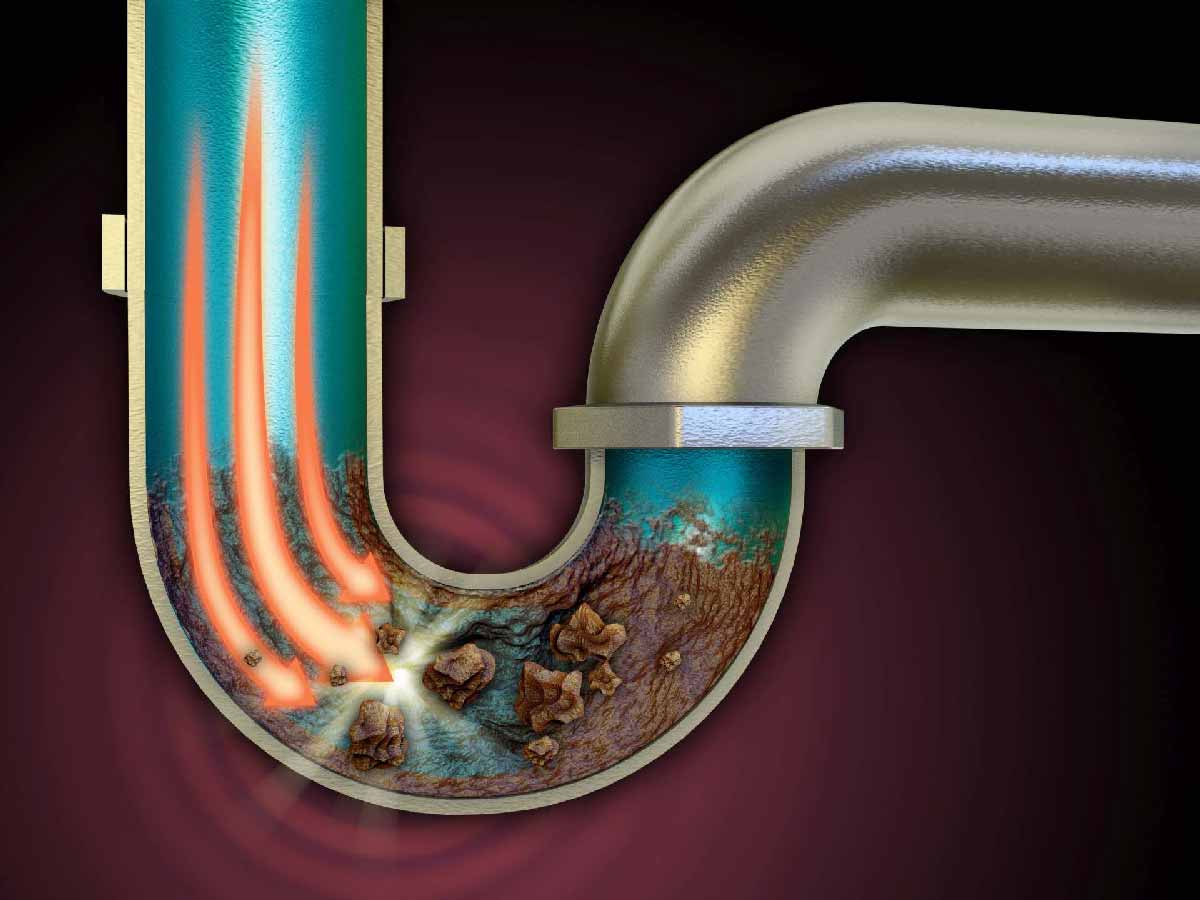One of my favourite quotes is from Gabor Mate, a compassionate doctor who has made an incredible impact on the world of addiction and trauma. He states, “We may not be responsible for the world that created our minds, but we can take responsibility for the mind with which we create our world.” It is a profound statement, as it relates to the impact that our families of origin, childhood, siblings, and teenage experiences have on all of us as we develop.
Families are the first society we belong to; from them, we learn who we are, what our value can be, and how the world works. But for many people, family experiences are not safe or happy ones.
The ACE study from the Center for Disease Control and Prevention and Kaiser Permanent, which involved over 17,000 middle-class Americans, examined the issues of childhood abuse and dysfunction. It noted that adverse childhood experiences often included some or all the following:
• Physical, emotional, and or sexual abuse
• Alcohol and or drug abuser in the household
• An incarcerated household member
• A household member who was/is chronically depressed, mentally ill, institutionalized, or suicidal
• A mother who was or is violently treated
• Absence of parents
• Emotional or physical neglect
The results were shocking: 68 percent of study participants raised in families that imposed some form of early childhood trauma upon them. Moreover, the study found a direct correlation between trauma, longevity, and health. In her TED talk, Nadine Burke Harris expands on this finding.
While this may seem like a rather hopeless and discouraging reality, there is certainly hope for people who have been through some type of trauma in the past. EMDR trauma therapy is an excellent way to help address the lasting impacts. This form of therapy provides opportunities for people to create new worlds for themselves, unhindered by any unfair or unjust beginnings. The following is an overview of how I create change for couples, individuals, and families in my practice by using EMDR therapy.
While EMDR helps heal hurts that, left untreated, become the baggage we carry into relationships, I believe that people always motestestestve towards wellness — it’s hardwired into our biology to love and to accept love.
Background of EMDR
It is an amazing and true story behind the discovery of EMDR therapy.
One day, Francine Shapiro was on a walk and made a self-observation that would change the world. She was thinking about something upsetting, and she noticed that when her eyes went back and forth, she felt better about the negative things on her mind. Francine was a Ph.D. graduate student at the time and had spent years working on understanding the mind-body connection. She took this observation forward into her dissertation, and the rest is history. We now have access to the fantastic method Francine created, which is called EMDR. Let’s look at how she developed it.
Understanding the Adaptive Information Processing Model (AIP)
How does trauma affect the AIP model, and what are the basic tenants of this working hypothesis?
We have a central information processing system used to reorder responses after overwhelming an event occurs.
Disruption in emotional, cognitive, somatic, and or perception processing occurs due to trauma, and information gets stored maladaptive.
EMDR restores the ability of the AIP system. (Leeds 2016)
The AIP model hypothesizes that if information related to overwhelming (fight/flight/freeze) experiences are not processed, the initial observations, awareness, emotions, and thoughts will be stored as they experienced.
Therefore, unprocessed experiences become the basis of pathology.
EMDR allows more adaptive information to be linked to target memories, thus enabling new learning and creating change for the client.
Our AIP allows us to metabolize adverse events. We can process the event, usually like a drain by:
Talking about it
Crying about it
Reading about it
Getting comfort and support
When trauma happens, it interrupts the AIP, and the thoughts, feelings, perceptions, and body sensations experienced are not processed but instead held in memory in the brain’s networks ready to be triggered. (Evans 2018)
EMDR: What does it stand for, and how is it used?
EMDR stands for eye movement desensitization and reprocessing therapy. It’s used to help people get over an overwhelming life event or traumatic incident. Trauma is a deeply distressing or disturbing experience. Robert Scaer, MD, describes it as “Any negative life event that occurs in a position of relative helplessness.” Often classified into ‘little t’ or ‘big T’ traumas, the experiences are generally held in memory, vulnerable to being triggered and thus creating the negative symptoms that people experience. EMDR helps the brain to metabolize these memories and place them into our adaptive learning capacities.
Typical events that may benefit from EMDR include:
Anxiety
Depression
Grief and loss
Falls or sports injuries
Surgery (especially in the first three years of life)
The sudden death of someone close
A car accident
The breakup of a significant relationship
Finding out about infidelity
A humiliating or deeply disappointing experience
The discovery of a life-threatening illness or disabling condition
Sexual abuse
Bullying
The 8 phases of EMDR
EMDR includes eight different phases, each of which is described in greater detail below:
Phase 1: History
Phase 2: Preparation
Phase 3: Assessment
Phase 4: Desensitization
Phase 5: Installation of positive cognition
Phase 6: Body scan
Phase 7: Closure
Phase 8: Re-evaluation
Phase 1: History/Treatment
The first phase is the history-taking session. The initial steps of it include:
Getting informed consent
General assessment and assessing the client’s risk status
Developing a therapeutic relationship
Ensuring the client has adequate social support
Understanding attachment issues
This phase may also include formal assessments or questionnaires, such as the TAQ or DES, as well as a trauma Genogram or a list of top 10 traumas. Therapists must further identify possible targets that can include distressing memories, current situations that cause emotional distress, or related past incidents, and then develop a treatment plan based on the past, present, and potential future experiences of the client
Phase 2: Preparation
During this phase, the therapist prepares the client by making sure he or she has the skills necessary to handle the emotional distress that he or she may experience in the processing phase. They may use imagery or stress reduction techniques such as the container or calm place, which the client can also use between sessions for self-regulation and soothing. This phase also includes educating the client by explaining the theory.
If the client has a high level of dissociation or DES score and there is a disassociation present, preparation can take much longer and may include ego state therapy and somatic therapy. The goal is to help the client learn how to shift emotional states and regulate his or her emotional experiences.
Phase 3: Assessment
During this phase, the therapist determines the composition of the target memory, which includes selecting a picture, identifying the negative cognition, and developing a positive perception.
Identifying the VOC (validity of cognition) rating and SUDS (subjective units of disturbance) rating
Identifying body sensations
Phase 4: Desensitization
The desensitization phase includes the use of bilateral stimulation done through visual, tactile, or auditory means. BLS means any movement that is back and forth, including eye movements, hand pods, taps, or sound tones. The type and length of these sets are different for each client, but the typical period of a set starts at 24–36.
BLS continues until the client reports no further disturbing material, as well as two neutrals/positives or two positives that don’t change. It is how you know you are at the (end of the channel). At this point, the therapist goes back to the target and brings up the memory, noticing whether other avenues need to be processed. If the client reports a negative or neutral negative, more BLS is necessary. It is repeated until there is no more upset about the targeted memory or felt a sense.
Phase 5: Installation
The purpose of this phase is to check the validity of the original positive cognition and integrate it with the initially targeted incident. Once a 0 SUDS rating is achieved, and the client reports no distress related to the targeted memory, he or she is asked to think about the preferred positive cognition identified during the assessment phase. The client can adjust the belief, if necessary. At this point, the therapist does a VoC, and the installation of PC until the VoC is a 6 or 7.
Phase 6: Body Scan
The purpose of the sixth phase is to check for any residual distressing material associated with the target issue. The therapist asks the client to close his or her eyes and concentrate on two things: the first memory and the positive belief ‘I am okay now.’ The client mentally scans his or her entire body and lets the therapist know if he or she feels anything. If the client reports a body sensation, the therapist does BLS until it’s clear and repeats until the client reports no impressions during the body scan.
Phase 7: Closure
In phase seven, the therapist learns how to identify a complete or incomplete session. It includes:
Informing the client that the session has come to an end
Offering encouragement and support for the effort made
Briefing the client on what to expect after processing
The client may continue to notice new insights, body sensations, and dreams following the session. He or she should keep a log during the week, recording any thoughts, memories, physical feelings, desires, or related material that may arise. He or she must be aware of this extended processing (“The processing that we have done today may continue…”). The therapist can also do a containment exercise (calm place, light stream, etc.).
Phase 8: Re-evaluation
Once the client returns from the last session of EMDR, phase eight examines how well the previously processed material has resolved and what progress has made thus far. Do a general evaluation for a prior, completed target. For example:
How are things going?
When you bring your attention back to the memory we worked on in the last session, what do you notice?
If the client reports an additional disturbance, the therapist would ask the client to focus on that, then go back to phase four and continue BLS. If it were previously incomplete, the therapist would ask the client if he or she has noticed anything new since the last session and discuss any dreams, events, or feedback since then.
Who benefits from EMDR?
EMDR is appropriate for addressing any disturbance that exists in memory and has not integrated into adaptive learning. When the client thinks about memory, there will be a negative emotional response.
EMDR does not indicate to heal organic conditions, though it can be used as an adjunct approach (e.g., for cancer support to cope with no cure). It should not be used if the client does not want to do EMDR and would prefer other avenues of change.
EMDR is a complicated method of therapy, but I hope that this review of the eight phases will help you determine whether it’s the right one for you. If you have experienced trauma, are struggling, and talk therapy isn’t helping, I encourage you to consider EMDR. Understanding your wounds and working towards being honest with yourself about past traumas — whether from your family of origin or a previous relationship — is an essential first step to reclaiming and re-writing the story of your life.






